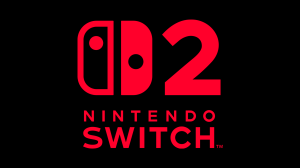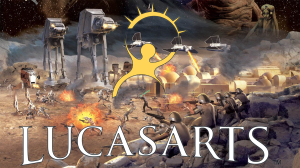Most Dungeons & Dragons campaigns never reach a high level, but that doesn’t mean that Dungeons & Dragons has plans to abandon it. At Gen Con earlier this month, ComicBook.com had the chance to speak with Jeremy Crawford, the lead rules designer of Dungeons & Dragons. Over the course of forty minutes, we had the opportunity to speak about the 2024 rules revisions, plans to return to classic campaign settings, and several other topics. While discussing the amount of data that Dungeons & Dragons uses as they prepare to update the rules next year, we asked about the lack of high-level support in Dungeons & Dragons. The D&D Design team has often said that according to various surveys most campaigns end around Level 10, and we asked whether that’s why there’s so little adventures that venture into the upper levels of the game.
Videos by ComicBook.com
“So the data doesn’t form where our focus goes,” Crawford replied. “That data of most campaigns ending around Level 10, that’s actually been true for every edition since we started collecting such data. So that was true in Third Edition, that was true in Fourth Edition and that was true in Fifth Edition. And I bet if we had access to similar data on First and Second edition, we would see that again. And the reason why I say that is that when we do other explorations, whether it’s with focus groups or through the surveys that people fill out, we see that many people, when they think of the iconic D&D story, it’s really represented by what you do before 10th Level. It really is the heart of the iconic D&D story in terms of the abilities your character has and many of the most iconic monsters you face in that level range.”
However, while Wizards’ data indicates that most players don’t play high level D&D campaigns, that doesn’t mean that the designers don’t want to support high level play. “It’s still important to us for support to exist for the higher levels,” Crawford said. “In addition to players who have campaigns at those levels, what we have found (and this has actually been reinforced in our most recent UA surveys) we’ll get people saying, ‘You know what? I’ve never played at those levels. I’m not sure I’ll ever reach Level 20, but it’s still important to me what my class feature is going to be up there, because it’s aspirational.’ And so those high levels in D&D, and this goes all the way back to First Edition, have often been there as almost like a dream in the future…but as a person who played First Edition, Second Edition, every edition of the game. We never got up there, but we dreamt about it. And some groups did get there and some groups would just start their campaigns up there.”
“So for us, because our approach is supporting the whole broad tent, but often focusing our time on what will appeal to the largest number of people, It does mean that often what we create will be for Levels 1 through 10,” Crawford admitted. “But we still do create high-level content. One example of that is the upcoming Planescape product, where it actually has both. It has lower-level play. And I’m not going to spoil why this happens, but there is then an opportunity to jump to a very high level and play at that level. So high-level support will continue to be a part of what we do for D&D, and it’s a part of the rules revision. In the new Monster Manual, a number of the brand-new monsters that are going to appear there are very high CR threats.”








